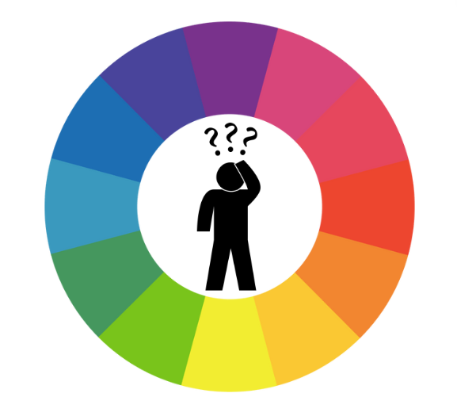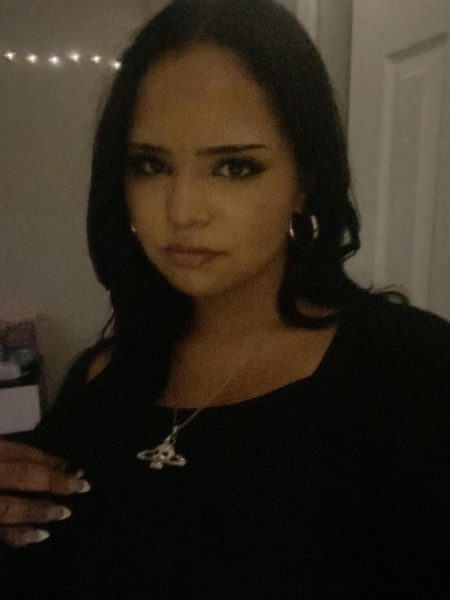
“Are you warm-toned, cool-toned, or neutral-toned?” “Do you fit an autumn or spring color palette better?” “Do you have a high or low visual weight?” These are only some of the questions that have been circling social media for the past couple of weeks as internet users scramble to figure out their perfect color palette. But, in the long run, does this excessive breakdown of someone’s appearance actually matter?
Beauty standards have been around for centuries, and the modern age has not helped the harmful considerations they bring. However, recently, with new trends of color analysis, understanding undertones, and maximizing someone’s physical appearance as much as possible seems to be coming from individuals who want another standard to nitpick or worry over.
Normally people are quick to point fingers at the media for creating such harmful expectations; yet, nowadays anyone with easy access to the internet has an opinion on aesthetics to voice.
People are making these arbitrary standards for themselves.
TikTok has been a primary contributor for many of these issues, as accounts spam post slideshows displaying different examples of expectations for beauty. Some accounts even encourage followers to ask them for advice on how to be deemed more attractive.
Personal color analysis, or studying the relationship between colors and the effect they have on someone’s appearance, isn’t a new concept. Philosophers, artists, and even scientists have argued that color has the power to send a conscious or subconscious message.
While there is nothing wrong with someone wanting to enhance their appearance, this desire becomes a problem when someone’s personal style is changed to fit an expectation that only exists in far-reaching places online–no one outside of the internet is looking at someone and wondering if there are wearing the right kind of jewelry for their undertone.
These kinds of beauty trends come and go, and more than ever they seem to be a part of a larger plan for overconsumption, as multiple videos point to specific types of clothing or brands to fit a certain look. The sentiment pairs with the fast-fashion appeal of revitalizing your look and quickly integrating styles into your own personal image.
What is subjectively deemed to look the best on you may not be what you want to wear. Don’t buy into algorithmic standards or wear something just because someone else is telling you how to look. Being confident in what you’re wearing because it is your own choice speaks more and lasts longer than any trend. No beauty standard is worth your own uniqueness.



